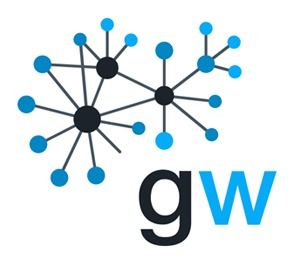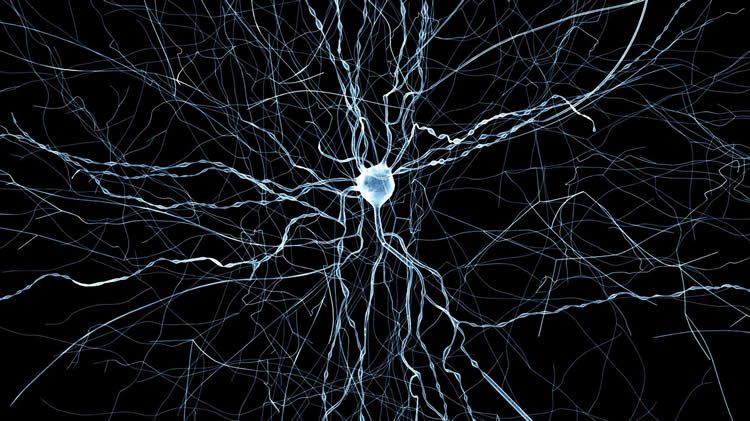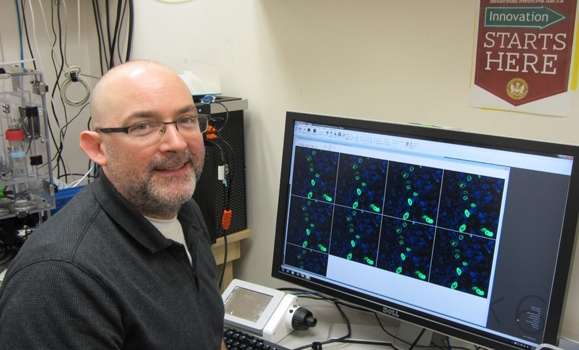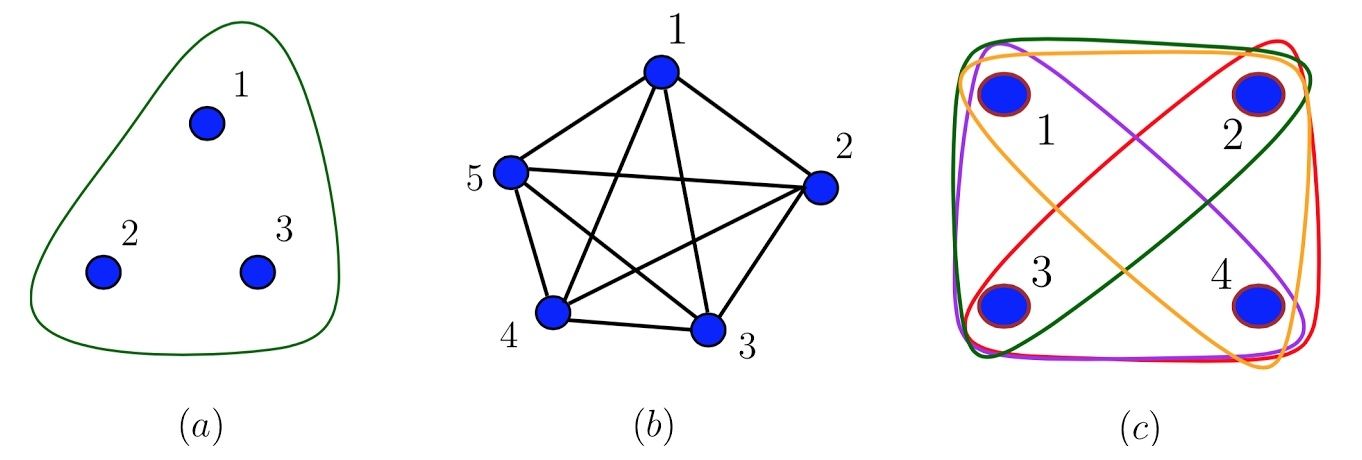At this rate, we may see Ray Kurzweil’s vision of connected humans to the cloud and full singularity before 30 years.
Duke University scientists have given a pair of monkeys the ability to drive a wheelchair with their thoughts alone. The work is described in a paper recently published in the journal Scientific Reports and adds to a growing body of work in brain-machine interfaces aiming to return some freedom to the severely disabled.
Duke neuroscientist Miguel Nicolelis and his team first began experimenting back in 2012, when they implanted hundreds of microfibers as thin as a human hair in the brains of two rhesus macaque monkeys. The fibers recorded cortical activity associated with “whole-body movement” and sent the signals to a computer.









